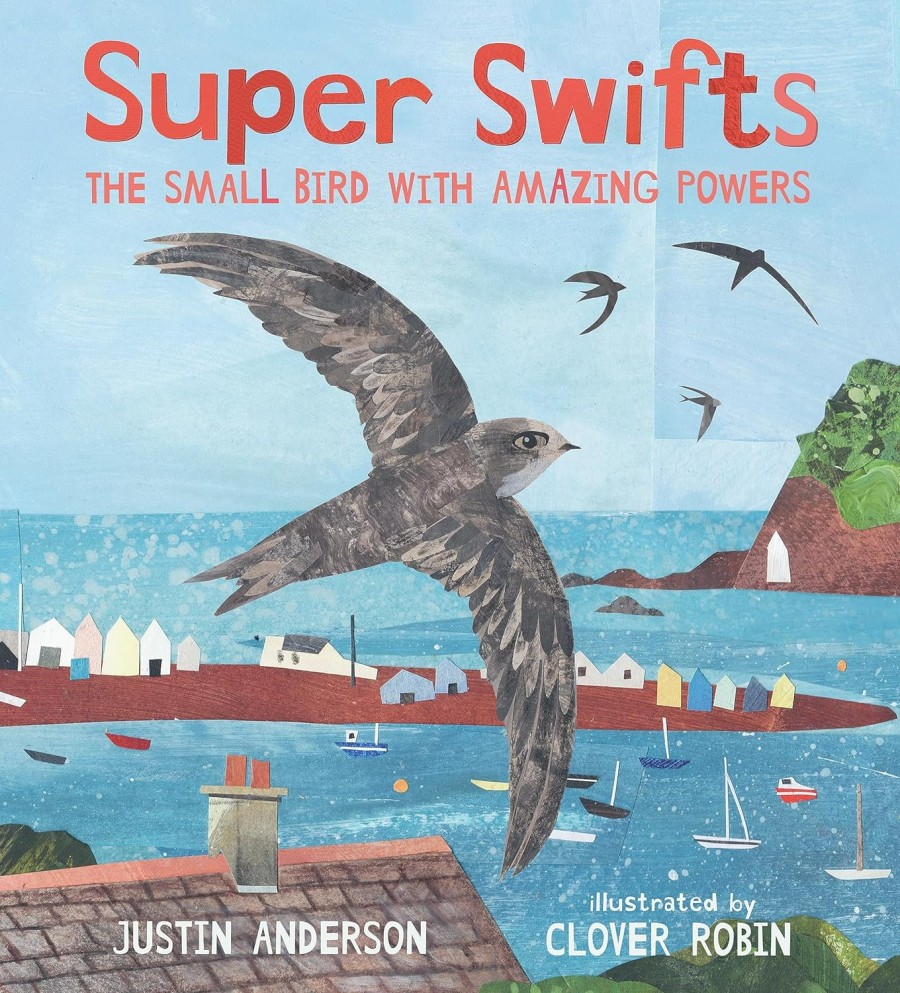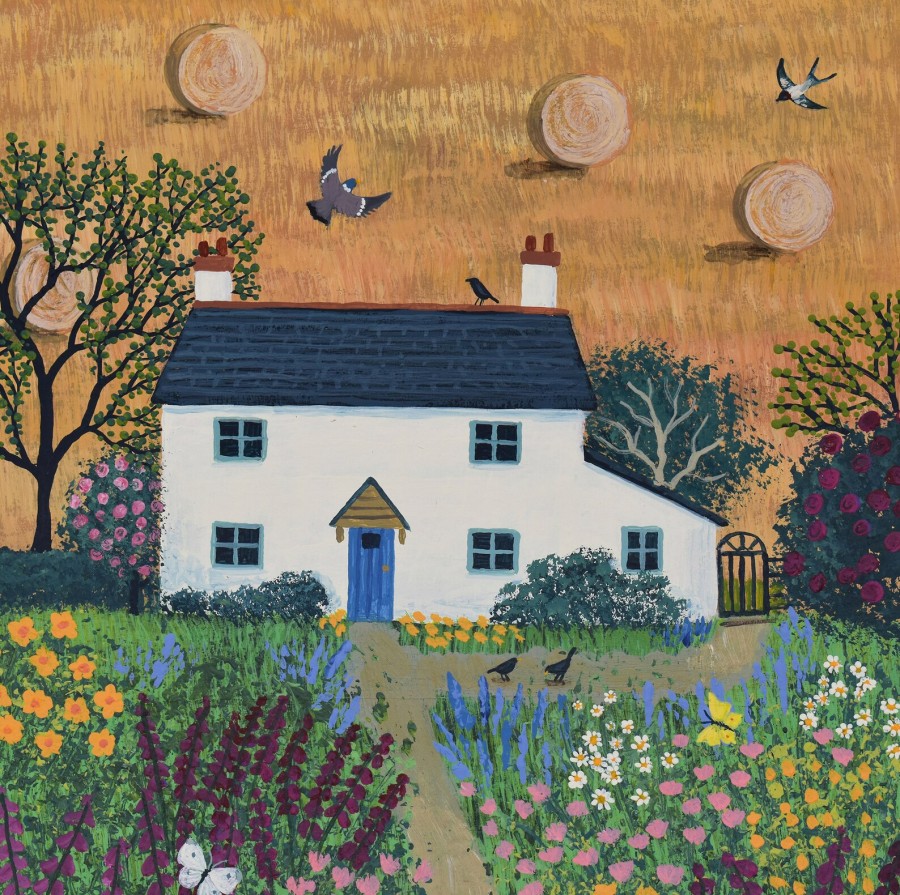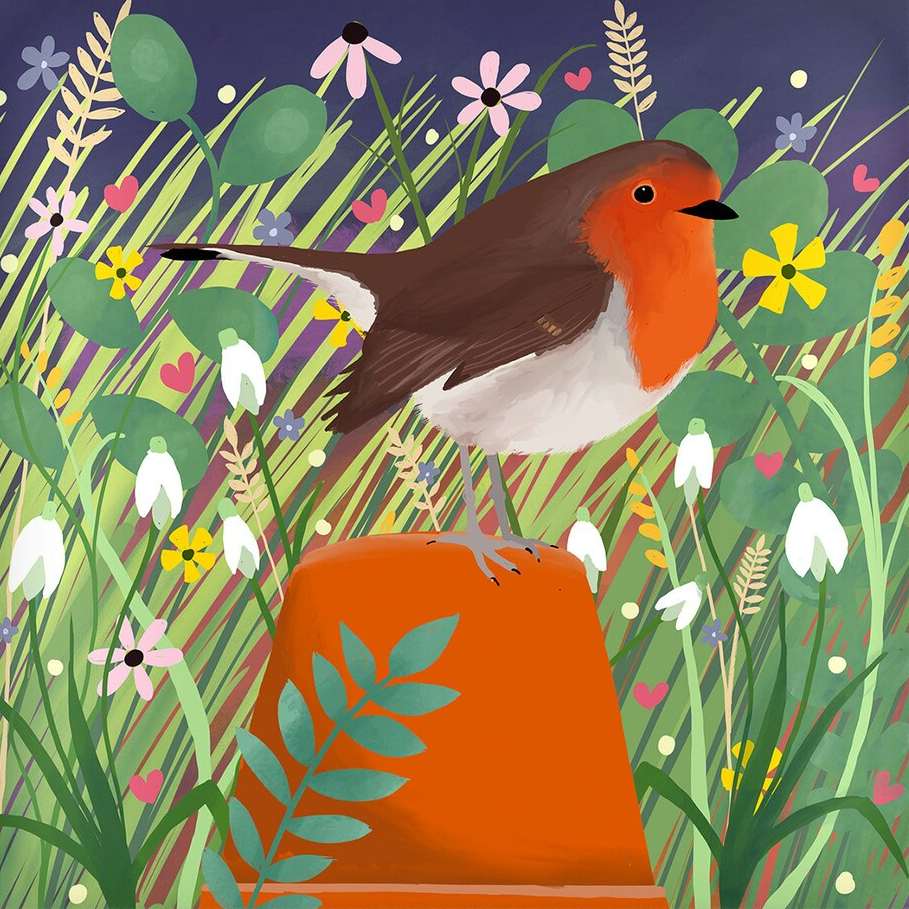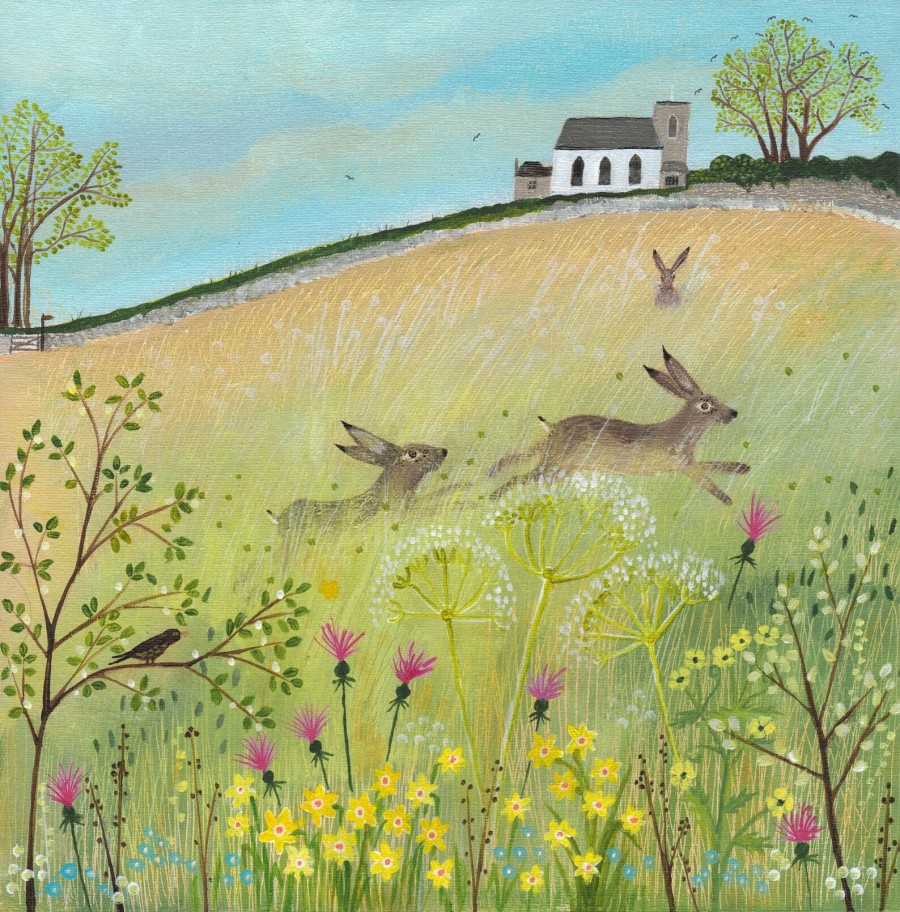
Swifts and swallows are two of England’s favourite birds, although they only spend summer here, returning to Africa for winter. They look similar but are not related (house martins are related to swallows, and smaller sand martins look similar). All four are summer visitors to our shores.
Swifts spend almost all their lives in flight (sleeping, eating, drinking, mating) and only roost under house eaves for 3 months a year. These dark brown birds are known for their high-pitched screams, but demolition of old buildings (including churches) means loss of habitat (and less insects due to pesticides) leading them to be endangered.
Swallows are dark/blue black with red foreheads and pale bellies. They look similar but have a ‘chatter call’ and tend to nest in outbuildings.
House martins are glossy black and more urban still, often collecting mud from puddles to make ‘mud cup’ nests under house eaves. Smaller sand martins are brown and white, and like to nest in burrows and love wetlands.
how to help swifts, swallows & martins
Like most birds, all the above eat flying insects so garden organically to attract them. Swifts only eat insects, so won’t visit bird tables, and swallows also tend to drink in mid-air to avoid predators. Learn how to create save havens for garden birds, and how to help stop birds flying into windows.
Site swift boxes under eaves (or swift bricks in walls) that face north, northeast or northwest to avoid chicks overheating, and ensure they are at least 5m above ground, with surrounding space to access (installed by the third week of April). Never disturb the nest, as swifts will return the next year.
If you’re a builder or town planner, ensure swifts are not disturbed (this is illegal and can be reported as wildlife crime – can be anonymous). A sure sign of swifts is screaming near building work! There is presently a Bill being debated in the House of Lords on whether to make swift bricks mandatory in new housing developments.

Super Swifts tells the tale of these birds who are small enough to fit in your hand (but don’t touch them) but can fly faster, higher and for longer than any other bird, often even ‘sleeping on the wing’ as they migrate to and from Africa.






